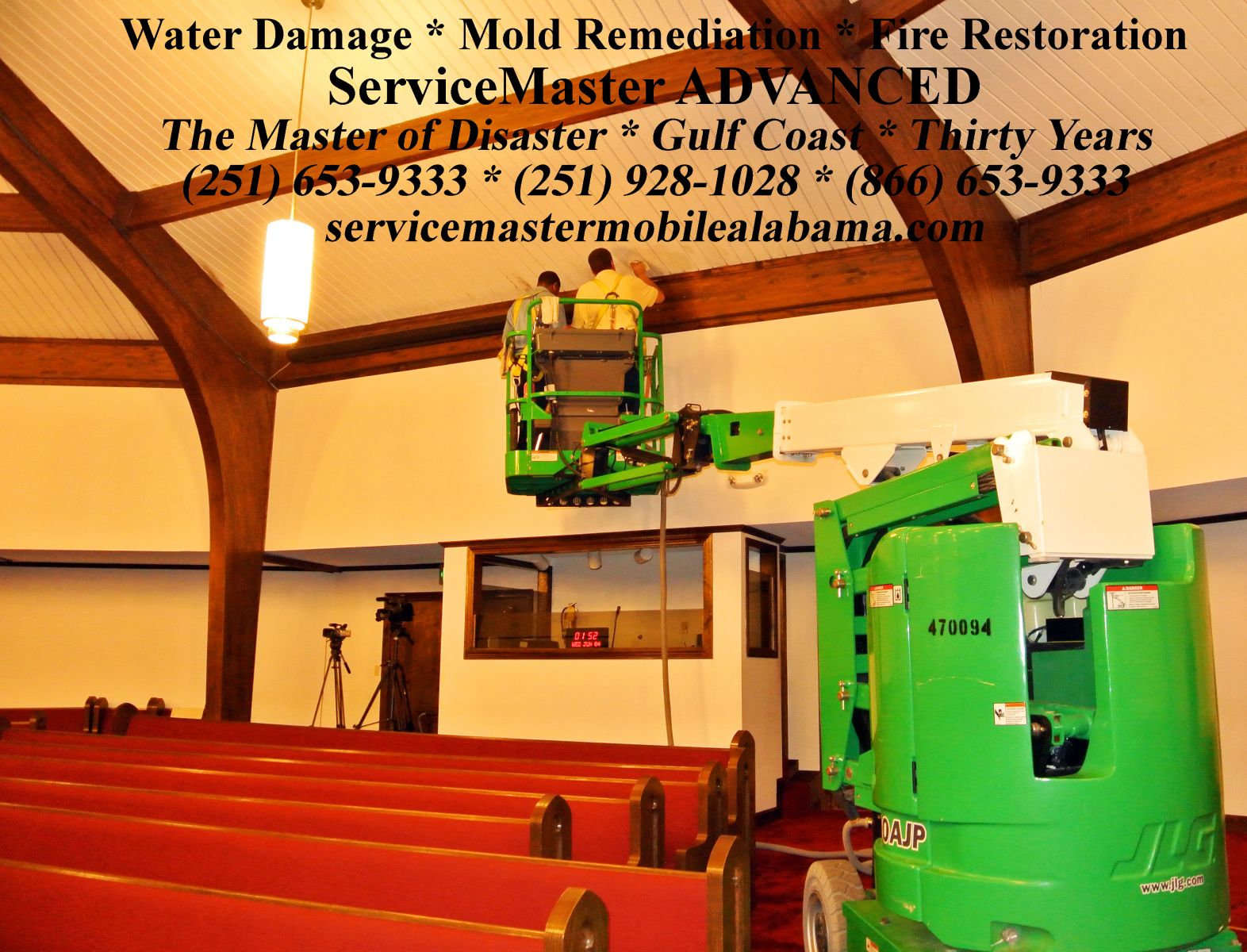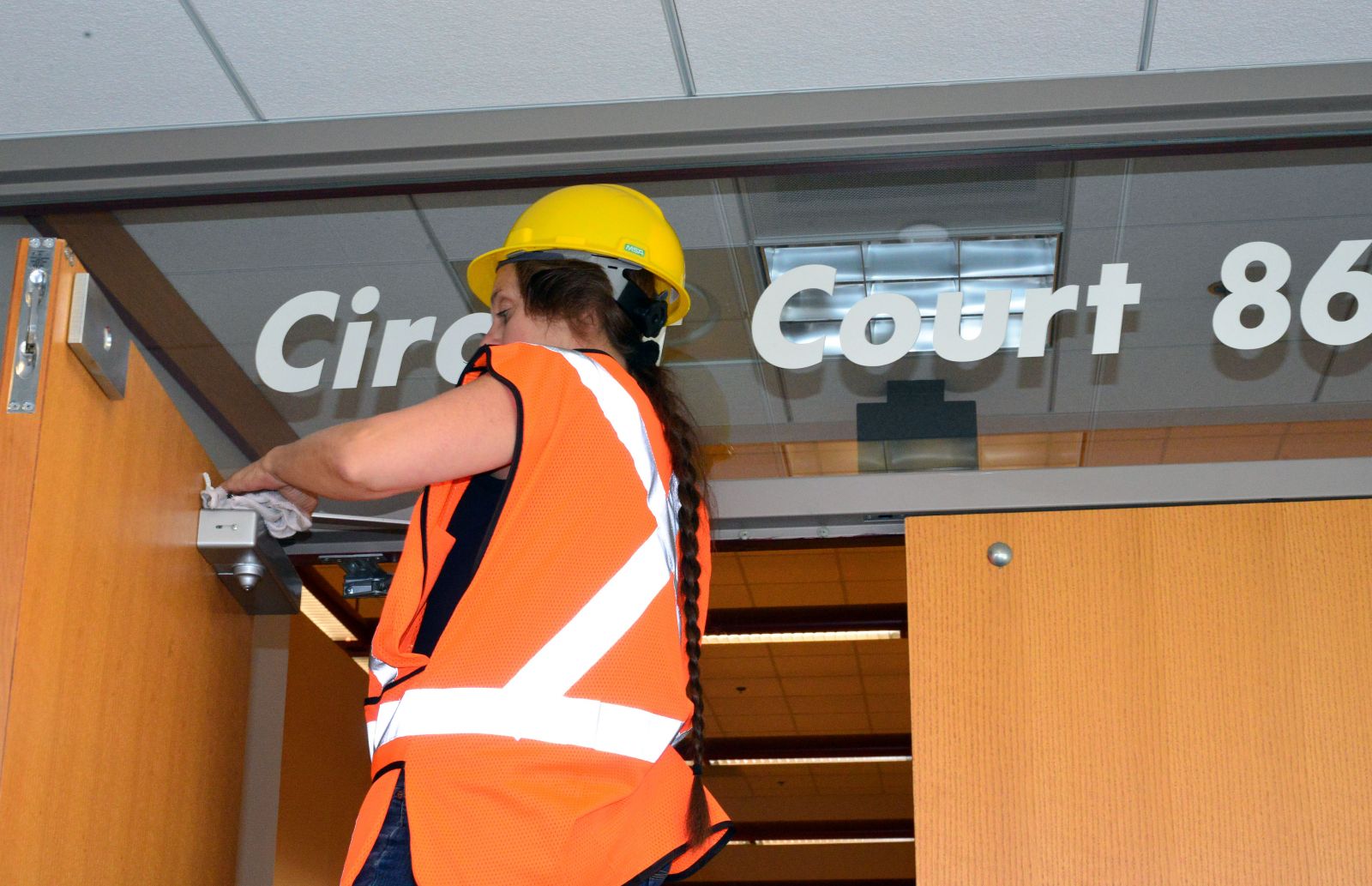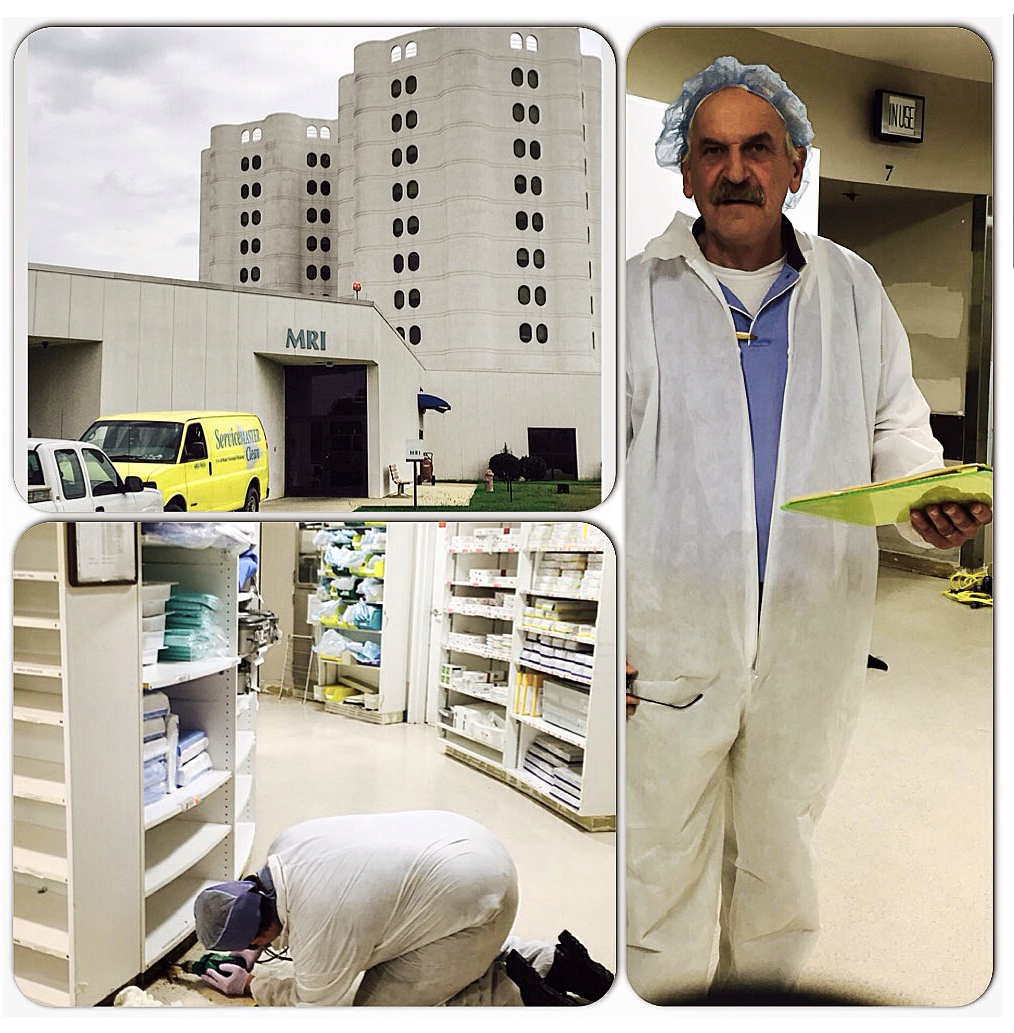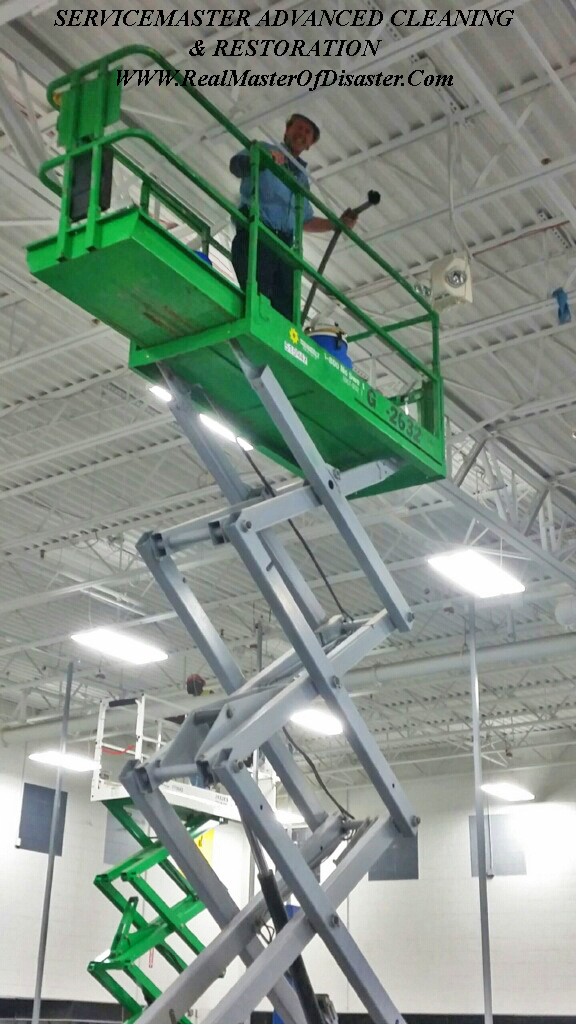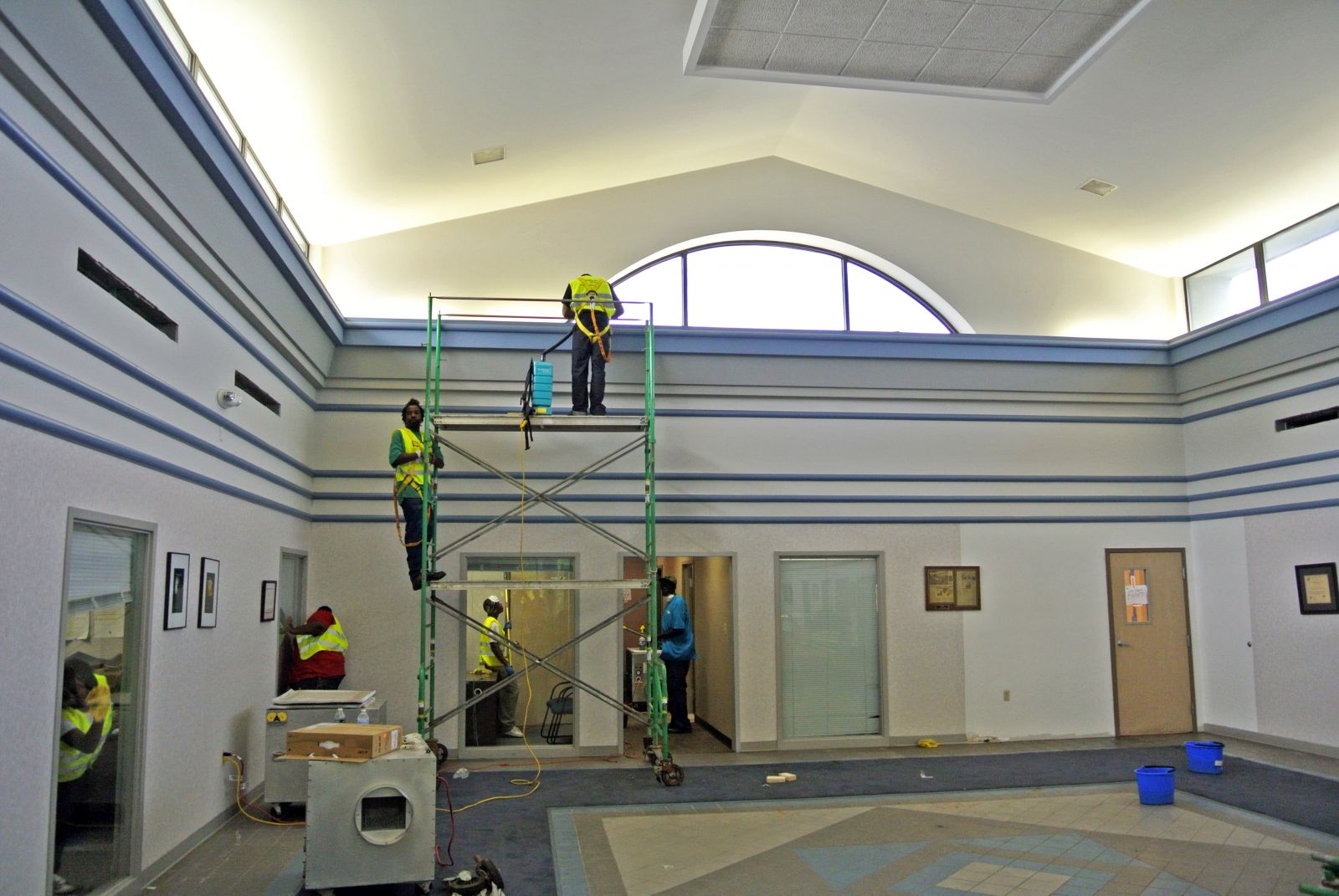Two years ago today, a large EF-2 tornado tore through the center of Mobile, Alabama, causing significant damage and injuring several people. Aside from helping put to rest the myth that tornadoes can't hit cities, the storm came perilously close to being a disaster.

If you're not familiar with Mobile, the city of about 200,000 is situated on Alabama's Gulf Coast on the northwestern side of Mobile Bay. A major port in the country, the city is steeped in history both good and bad, and it's infamous for being the origin of the country's fire ant infestation (they came in on a ship from Brazil). Mobile is also known as the home to several well-regarded universities, including Spring Hill College and the University of South Alabama(from which I graduated—go Jags).
This part of the northern Gulf Coast sees some of the most exciting and diverse weather in the country, but it's most famous for its reliable pop-up thunderstorms that form from the heat and humidity of late spring through early fall. Thanks to these summertime storms, Mobile is routinely ranked as the wettest city in the United States; on average, the City of Six Flags receives almost 70 inches of rain every year.
Mobile's location in the south regularly subjects it to the same severe weather outbreaks that often pound areas farther inland, but its proximity to the Gulf of Mexico usually keeps the city from seeing the horrific tornadoes that areas even just 20 or 30 miles to the north see on a somewhat regular basis.
The setup we saw on Christmas Day in 2012 is similar to many of the severe weather outbreaks that plague the southeast during the winter months. The atmosphere featured a sharp upper-level trough digging through the northwestern Gulf Coast, with a strengthening surface low over Louisiana. The strong veering profile of the winds (winds turning clockwise with height) and the transport of warm, unstable air from the Gulf allowed supercells (and eventually a severe squall line) to develop over the Gulf states and cause damage from eastern Texas through eastern Alabama.

In anticipation of a significant outbreak of severe thunderstorms, the Storm Prediction Center issued a moderate risk for severe weather from Houston to the east through Mobile and Montgomery. The moderate risk was issued as a result of the 15% risk for significant (EF-2 or stronger) tornadoes.

Unfortunately, the forecast confirmed, with 112 reports of 58+ MPH winds, 60 tornado reports (several of which were for the same tornado), and three reports of hail the size of quarters or larger.
Mobile faces two tornado threats during severe weather outbreaks. The first and most common producer of tornadoes is a squall line, where a weak (usually EF-0 or 1) tornado spins-up along the leading edge of the line. The second threat comes from events like this or during the landfall of dry tropical systems. During a large-scale outbreak such as the one that occurred on Christmas Day 2012, Mobile is often in the line of fire for small thunderstorms that speed off the Gulf and crash ashore in Mobile and Baldwin Counties. If atmospheric conditions allow, these storms can rotate as they come ashore and make their way inland.

Around sunset, a strong supercell came ashore in south-central Mobile County. The storm was spinning like a top over the ocean, and it showed no signs of stopping as it moved inland. The National Weather Service issued a tornado warning for Mobile amid growing concern that the rotation was getting stronger.

By the time the storm reached the city limits and dropped a tornado, it looked terrifying, with a classic hook echo that included a tornado (and debris ball) right at the tip of the hook. The tornado and its parent mesocyclone were clearly visible when you look at three-dimensional velocity (winds) on Gibson Ridge's excellent volume explorer:

Around this time, people on the ground and on television started reporting a tornado, and the NWS went ahead and issued a rare tornado emergency. A tornado emergency is an upgrade from a tornado warning; the enhanced wording indicates that a destructive tornado is moving into a densely populated area, with the goal of giving people that extra shove to take shelter to protect themselves and others from injury or death.
The funnel was captured on several sky cams, including the one at the top of this post from WALA-TV and in this video, taken from a downtown hotel by YouTube user Jimmy Dean.
Once the tornado lifted and the sun rose on December 26, photos revealed the full extent of the damage and just how lucky Mobilians were that Christmas evening.

The damage was intense enough that meteorologists who surveyed the damage rated the tornado an EF-2 on the Enhanced Fujita Scale, placing its winds somewhere between 111 and 135 MPH. The storm caused more than one million dollars in damage and injured several people. The event could have been much, much worse given that it went through Mobile proper. If the tornado had touched down a few blocks to the west or to the east, we would have seen far greater damage and possibly some serious injuries or fatalities.
The tornado that struck Mobile two years ago wasn't one of the most significant tornadoes to touch down in recent years (or even that day), but it's memorable for its unique place in Christmas weather history.
NWS Mobile has a great page detailing all ten tornadoes that occurred in its area of responsibility on December 25, 2012. Five of the twisters were rated EF-2, three were EF-1, and two were EF-0.
[Images: NWS, author x2, Gibson Ridge x3, NWS]






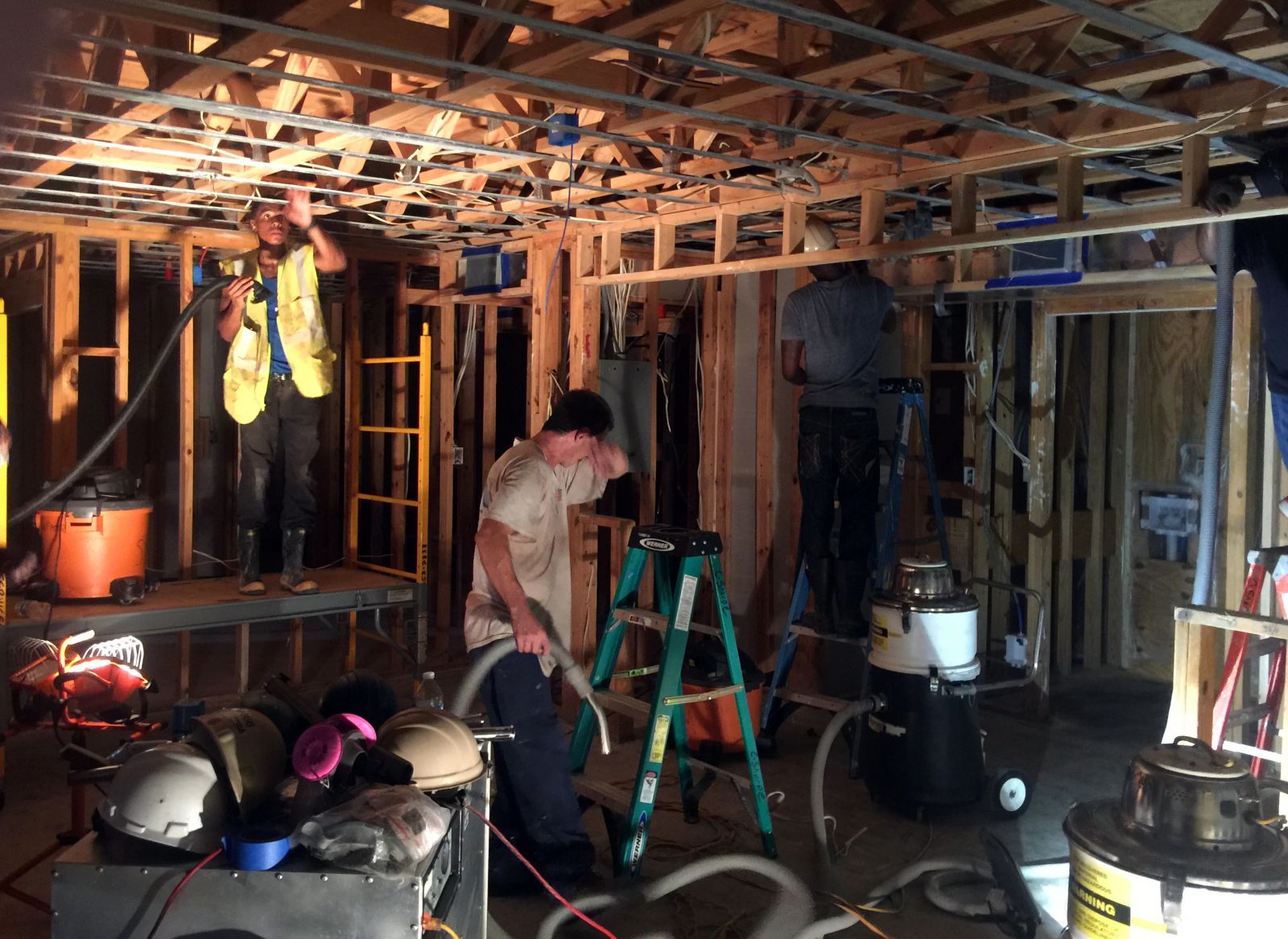



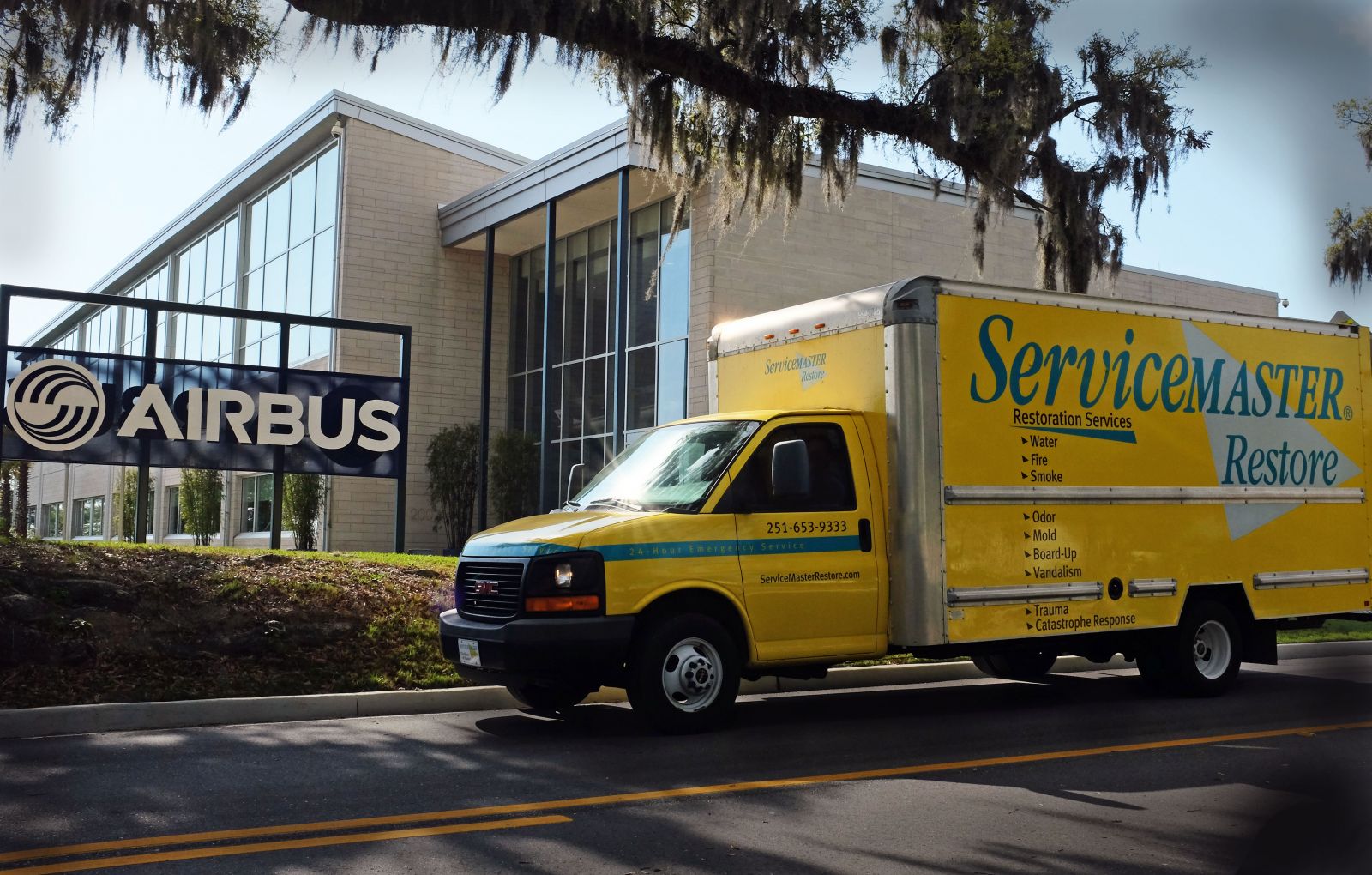


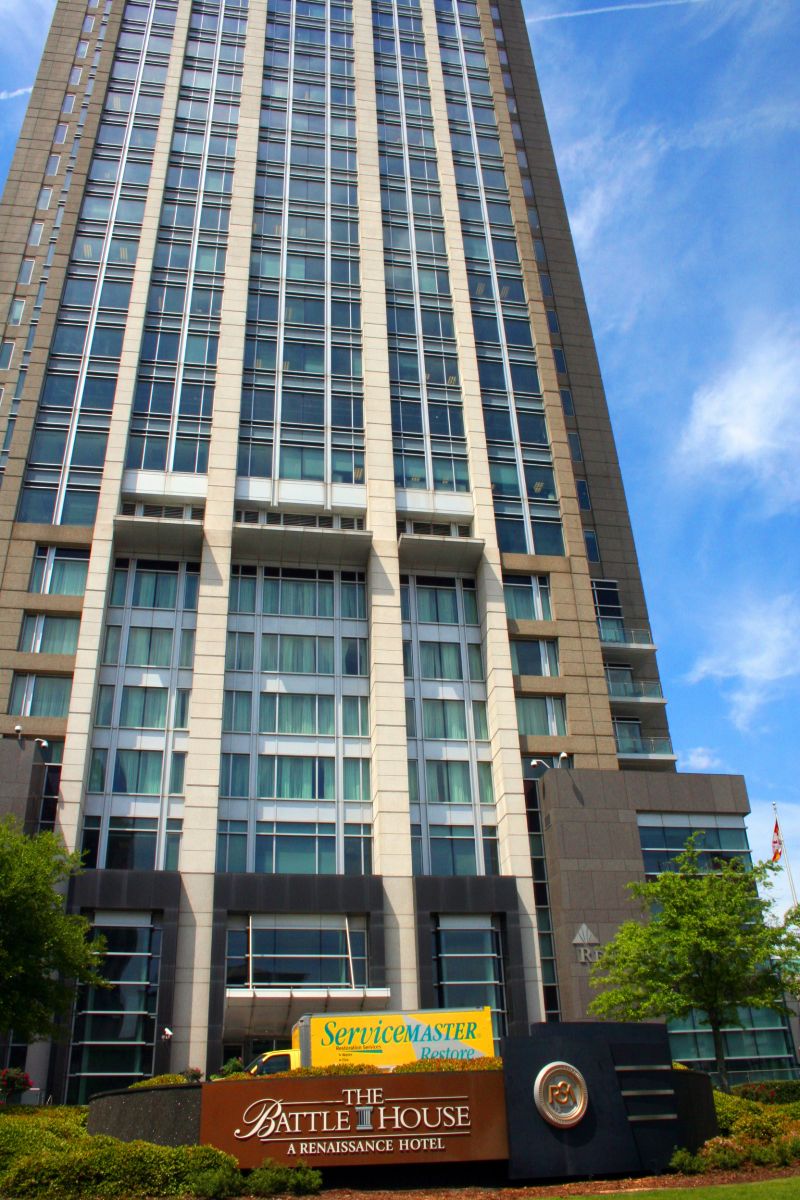




.jpg)
